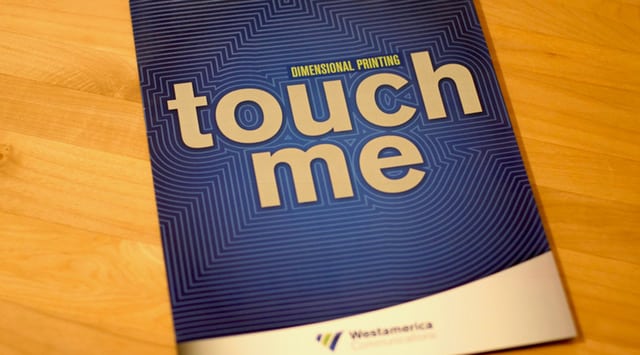
 Have you ever stepped into a car, sat down and closed the door and heard a nice solid “thud” as the door closed? There were no rattles or any objectionable noises at all. And then other times you’ve stepped into a different car and you heard a metallic, clanking kind of sound when you closed the door. At the time you probably made a snap judgment about the quality of the car you were entering. You most likely concluded that the first car was a reliable, sturdy, perhaps more expensive model. And you may have thought the opposite of the second car.
Have you ever stepped into a car, sat down and closed the door and heard a nice solid “thud” as the door closed? There were no rattles or any objectionable noises at all. And then other times you’ve stepped into a different car and you heard a metallic, clanking kind of sound when you closed the door. At the time you probably made a snap judgment about the quality of the car you were entering. You most likely concluded that the first car was a reliable, sturdy, perhaps more expensive model. And you may have thought the opposite of the second car.
I realize that most people don’t go around listening to the sound of car doors.  At the same time I know there are some of you who have heard the sound of the closing door and drew a conclusion based on the sound. You may have even drawn a conclusion about the owner of the car.
At the same time I know there are some of you who have heard the sound of the closing door and drew a conclusion based on the sound. You may have even drawn a conclusion about the owner of the car.
The truth is the sound of a closing car door can affect your perception of the quality of the car.
Your Senses and Perception
 Have you ever be awakened in the morning by the smell of fresh brewed coffee being made by your significant other? You probably got a warm feeling all over from the aroma and an even warmer feeling inside for the person who was making you the coffee. The smell of the coffee can affect your perception of that person.
Have you ever be awakened in the morning by the smell of fresh brewed coffee being made by your significant other? You probably got a warm feeling all over from the aroma and an even warmer feeling inside for the person who was making you the coffee. The smell of the coffee can affect your perception of that person.
Now let’s take the car door and sound, and coffee and smell one step further. Studies have shown that paper and touch affect the way people receive and retain information. These studies have also shown that touch and paper can even influence the way people feel about the companies who use paper to market their products and services.
How Does the Medium Shape the Message?
Dr. David Eagleman is an adjunct associate professor at Stanford University. He has worked with a team of researchers in the Psychiatry Behavioral Sciences Department of the university to determine if the weight and type of paper can affect the perception of individuals who touch and read marketing materials.
“In humans touch represents a powerful form of non-verbal communication. Our sense of touch plays a fundamental role in daily life, from learning about objects to communicating with other people.” – Dr. David Eagleman
He and his research team created marketing materials for three fictitious companies. The materials were presented to test subjects on heavy coated stock, on lighter uncoated paper and on a website.
According to his research, he found that when subjects read a message on heavy, high quality coated paper they remembered it better, even when asked about the massage a week later.
He also found that when the message was printed on a high quality paper stock the individuals had a more positive first impression of the company. And they were more likely to recommend the company to a friend or a colleague. The test subjects rated the quality of the company based on the quality of the paper stock.
Direct Marketing Strategy
Let’s take this research and apply it to your marketing. You want consumers  to remember your message and have a positive feeling about your company. I’ve previously discussed how effective direct mail is in reaching new clients and consumers. Now imagine a direct mail piece that goes beyond heavy coated stock.
to remember your message and have a positive feeling about your company. I’ve previously discussed how effective direct mail is in reaching new clients and consumers. Now imagine a direct mail piece that goes beyond heavy coated stock.
Imagine a dimensional mail piece where you can go beyond the weight of the paper to the touch and feel of the image on the paper. Imagine feeling the feathers on an image of a bird. Touching and feeling the lines in an image of a circuit board. Or the rough, bumpy feel of the waffle cone in the video below.
We’re talking texture that makes people want to engage and experience your marketing piece. A message that people will share with their friends and colleagues. A marketing piece that will capture attention, and be memorable. A message your customer will see, read and feel!
Our senses help us gather information, draw conclusions, and make decisions. If you want your marketing to make an impression then take advantage of the sense of touch.




